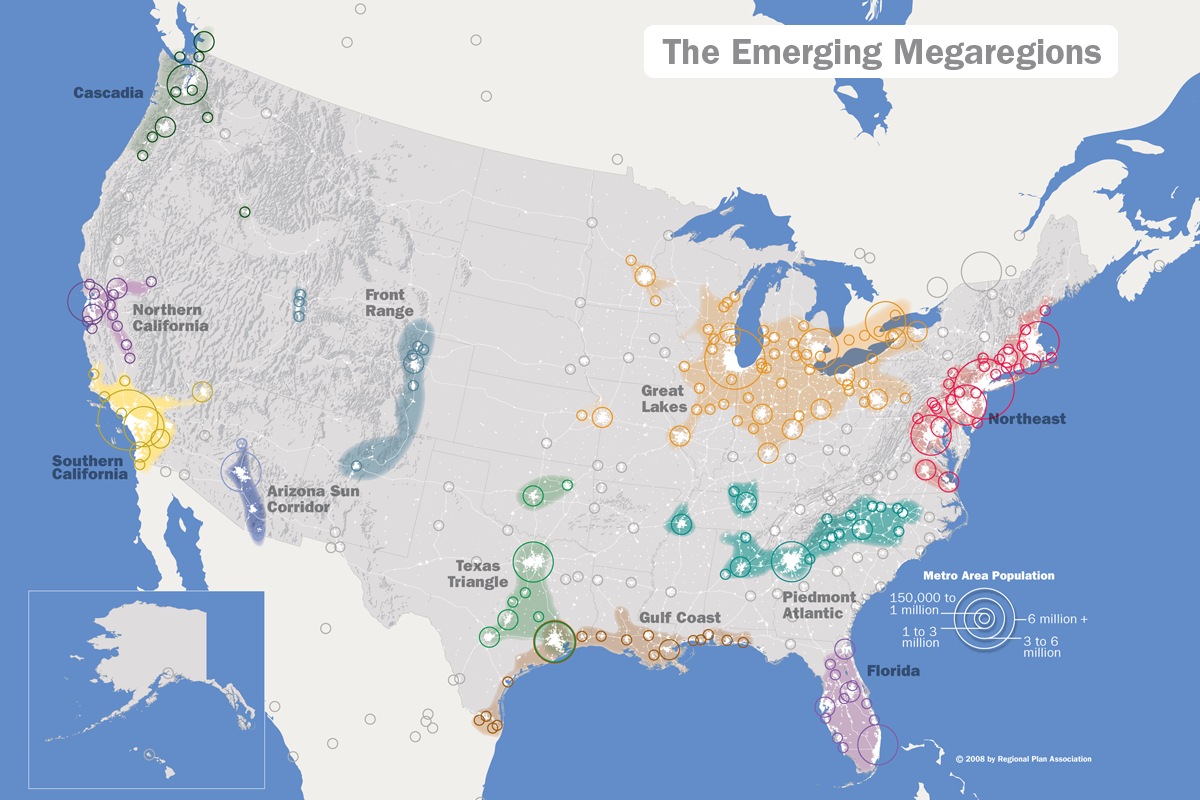

Between the end of World War II and the middle of the 1970s, migration trajectories were distributed in many directions. Since the 1950s, migration has become fundamental in shaping the Italian demographic dynamic. In a deeper analysis of the territorial levels (major socio-economic regions, regions, provinces, and municipalities), internal migration was found to have an important role. Population aging is unquestionably the most important demographic force of the first half of the twenty-first century.

So, the demographic dynamics has caused and will continue to cause population aging, which is the increase in the population above the age of 65 in absolute terms, both as compared to the younger population and as a proportion of the total population. The effect of migration on population aging is generally regarded as minor in most situations, but internal migration can have a great impact on the aging of local populations. Not only the histories of fertility and mortality, but also that of migration are written into the population age structure.
#Agenda 2030 depopulation map driver#
Mortality improvement has sometimes been presented as the primary driver of long-term population aging, but the primacy has usually been given to fertility decline. This is particularly true in Italy, where the prolonged fall of fertility rates, and consequently of births, has coincided with a sharp, prolonged rise in longevity. The fall in births and in mortality rate in older age is influencing the age structure of the population. Īt the same time, the decline in fertility and improvements in mortality rates are determining population aging in many countries and in different parts of the world. This has been present in various territories of the European continent for a long time. This has caused a significant negative variation in population in many territories-a process known as depopulation. The emigration from marginal areas began with industrialization and has not come to an end. The negative balance of births and deaths is often combined with a negative net migration.

This can be caused by a deficit of births relative to deaths, a negative net migration (immigration minus emigration), or both.

Nonetheless, at subnational levels, many territories experienced, and are still experiencing, a population decrease. At the end of the twentieth century, birth reduction and the increase of life expectancy in European countries should have resulted in a negative or stable population growth rate however, immigration counteracted these processes and contributed to a population increase. Long-term depopulation and continuing population aging does not seem to be sustainable in the near future.ĭemographic changes have affected both population size and its structure. Our results show that a strong depopulation trend contributed to subsequent levels of population aging, but recent population aging has also contributed to ongoing depopulation, creating a vicious circle. Finally, the municipalities, which experienced continuing depopulation, are examined in depth. A regression model was applied in order to understand if population aging is linked to population variation. The correlation coefficient between depopulation and aging population indicators was calculated in order to investigate the relationship between the two phenomena. The study was conducted by using the census data of the Italian municipalities. We studied these phenomena in the Italian territories in the period of 1951–2011. The aim of this work is to study the relationship between depopulation and the aging population and the sustainability of the two phenomena. Depopulation and the population aging processes are strongly connected. At the same time, many of these territories are also facing the population aging process, caused by a decrease in births and prolonged rise in longevity. In European countries, many territories have experienced and are still experiencing a depopulation, caused by a deficit of births relative to deaths, a negative net migration, or both.


 0 kommentar(er)
0 kommentar(er)
